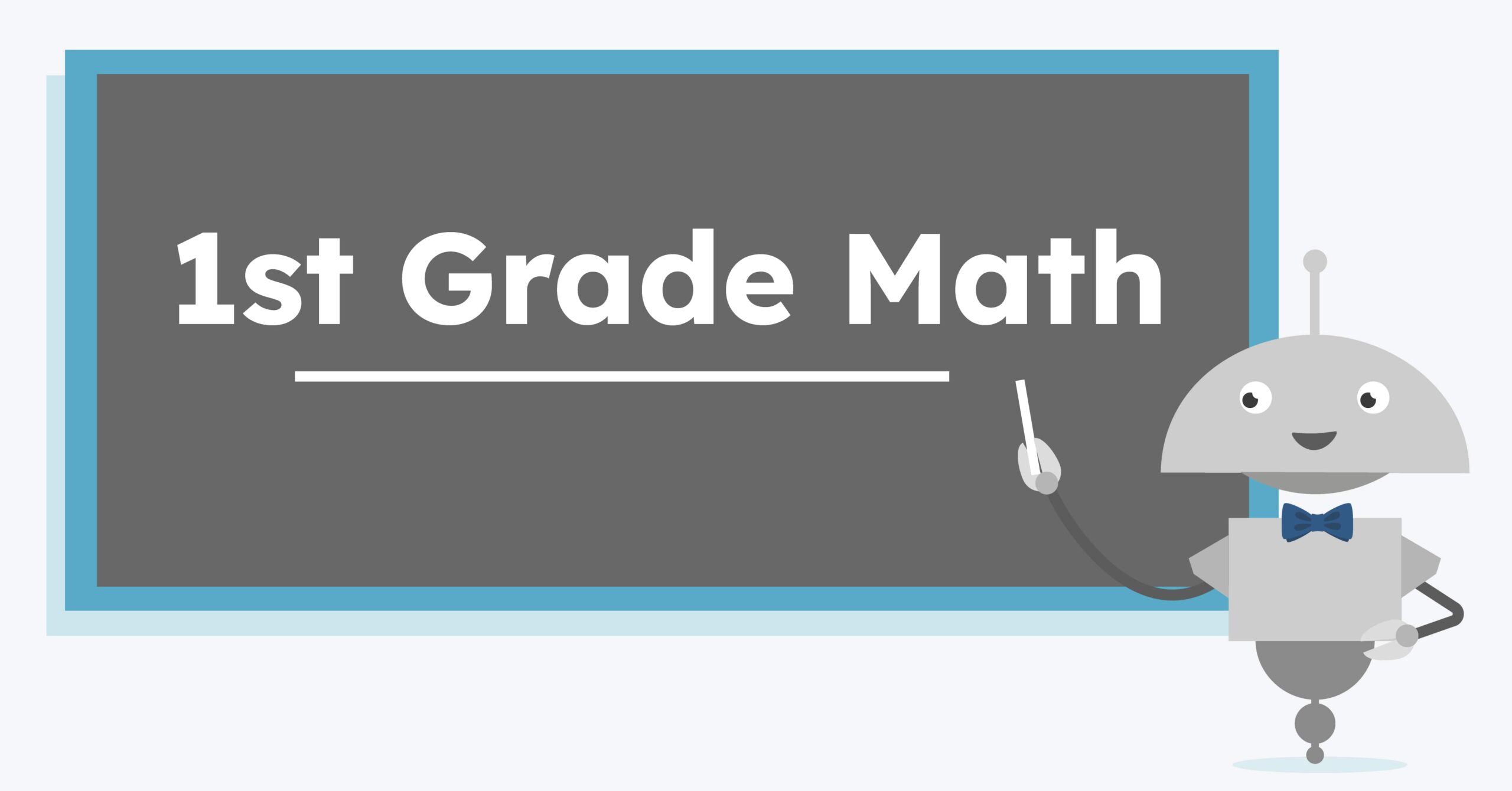1st Grade Math Curriculum
After mastering kindergarten math skills, students are ready to level up to first grade math concepts! In first grade, students will build on previous knowledge with two-digit numbers, 2D and 3D shapes, and more complex pattern completion.
Our first grade math curriculum helps students build basic number sense they’ll use every day. From telling time to counting money, 1st grade math teaches real-world skills, laying the foundation for more complex math concepts later on.
Plus, Miacademy makes learning math fun! With interactive lessons, quizzes, and hands-on activities, our 1st grade math curriculum has never been more engaging.
Sample Lesson
Looking for more? Find us on YouTube @TheMiacademyLearningChannel!
Is my student ready for 1st grade math lessons?
A good sign your child is ready for first grade math is mastery of kindergarten concepts. We recommend completing our kindergarten math course, Math Level A, before beginning.
Your student is likely ready for first grade math if they can:
Free 1st Grade Math Worksheets – PDF Download
Each video lesson has printable math worksheets with additional activities to extend learning beyond the screen with a hands-on approach!
Click here to download a free sample PDF of our first grade math worksheets:
What do 1st grade math standards include?
First grade math standards include the following:
- Addition & Subtraction – Solving single digit addition and subtraction problems within 20, using skills like fact families
- Word Problems – Applying addition and subtraction to real-life situations using objects, drawings, or simple equations
- Place Value – Understanding that numbers consist of tens and ones and learning to group and compare them
- Measurement & Data – Comparing lengths, weights, and capacities, using non-standard and standard units, and interpreting simple graphs
- Time & Money – Reading clocks to the hour and half-hour, identifying coins, and understanding basic money concepts
- Geometry – Recognizing and naming 2D and 3D shapes, understanding basic attributes like sides and corners
- Patterns & Relationships – Identifying and extending simple patterns and recognizing number relationships
- Basic Fractions – Understanding simple fractions like halves and quarters through visual models
Scope and Sequence
1st Grade Math Curriculum (Level B Revised 2025)
In this course, first graders will expand their understanding of numbers and numerical relationships. Students will review and practice single-digit addition and subtraction before expanding their knowledge to two-digit numbers.
Students will also be introduced to basic fractions, measurement, telling time, and counting money. Students will practice counting minutes in groups of five or dimes as groups of 10, preparing them for basic multiplication in 2nd and 3rd grade.
Miacademy’s Online 1st Grade Homeschool Curriculum
Our first grade math curriculum goes beyond just numbers — it’s about building problem-solving skills, thinking critically, and developing a strong foundation for future learning.
Through hands-on activities and interactive lessons, young learners explore mathematical concepts in a way that sparks curiosity and connection! Our curriculum is designed by education experts using a spiral approach, promoting gradual mastery. This method builds students’ confidence, getting them comfortable with new math concepts as they build on previous skills.
One of the best things about our first grade curriculum is homeschooling with flexibility! You get full customization over your lesson plans and assignments to fit your child’s unique learning needs. They can skip what they already know and dive right into new challenges!
Miacademy has so much to offer! Our family of accredited curricula covers everything from learning to count to precalculus and adapts easily to your child’s educational needs.
Whether you homeschool full time or are looking to supplement a public school education, we’re here to support you! Wondering if Miacademy’s first grade homeschool curriculum is a good fit for your student? Start a chat with one of our friendly customer service agents below! They’ll be happy to help you with any questions you may have.



